According to Clause 1, Article 18 of the 2024 Law on Road Traffic Safety and Order, stopping a vehicle is defined as a temporary stationary state of a vehicle for the period of time necessary for people to get on or off the vehicle, load or unload goods, conduct technical inspections or perform other activities.
Unlike previous regulations, from 2025, drivers will be allowed to leave the driving position to close or open the car door or perform technical checks, provided that safety is ensured by using the parking brake or other protective measures.
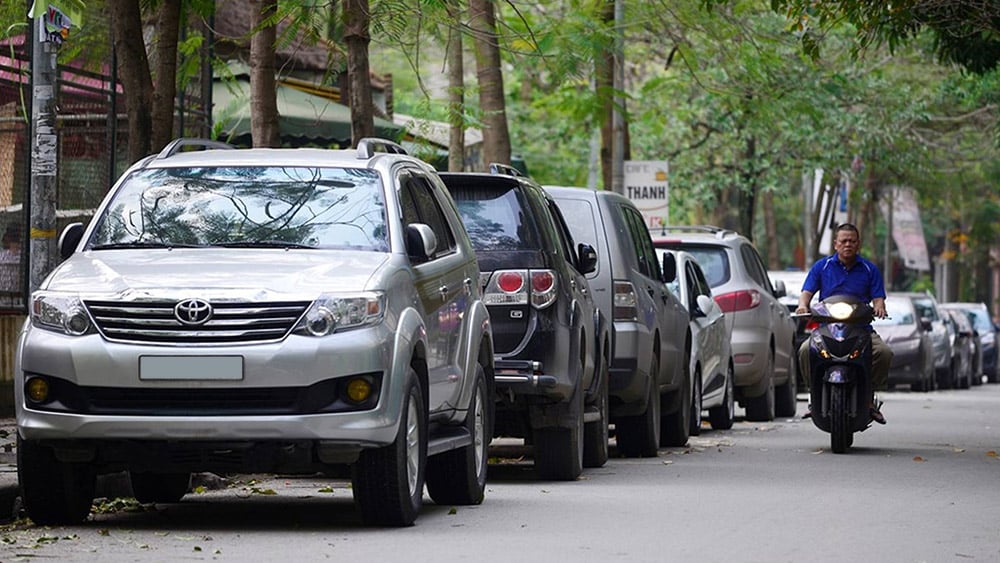
Stopping and parking must not affect pedestrians and vehicles participating in road traffic.
Also in Article 18 of the 2024 Law on Road Traffic Order and Safety, drivers participating in road traffic when stopping or parking on the road must comply with the following regulations:
Left side of one-way street: Stopping or parking on the left side of one-way street can obstruct traffic flow, increasing the risk of accidents.
On curved roads or near the top of a hill with obstructed visibility: These roads limit the driver's vision, making collisions more likely if there are parked cars.
On bridges, except where traffic organizations permit: Bridges are places with high traffic volume, stopping on bridges is dangerous for both drivers and other vehicles.
Under overpasses, except where permitted: Parking under overpasses may affect traffic and the safety of the bridge structure.
Parallel to another stopped or parked vehicle: This can easily lead to traffic congestion and make it difficult for other vehicles to move.
Parking too close to oncoming traffic causes obstruction and danger to other road users.
On the crosswalk: Parking on this part of the road is not only against the rules but also dangerous to pedestrians.
At intersections and within 5 meters from the edge of the intersection: This is a dangerous area when vehicles stop or park because it can easily cause collisions.
Pick-up and drop-off points: Stopping at these points hinders the getting on and off of other vehicles.
In front of the gate and within 5 meters on both sides of the gate of the headquarters of an agency or organization: Obstructing vehicles entering and exiting the agency or organization.
Where the road is only wide enough for one lane of motor vehicles: Parking here causes congestion and impedes traffic.
Within the safety range of the railway: Stopping or parking near the railway is highly dangerous due to the risk of collision with the train.
Obscuring road signs or traffic lights: Parking in a way that obscures road signs or traffic lights can prevent other drivers from seeing them and cause an accident.
On bus routes, drainage manholes, power plant entrances, fire fighting areas: These areas need to be kept clear to ensure the safety and operation of public vehicles and services.
In addition, the new law also clearly stipulates that when stopping or parking on the road, drivers must use signals to notify other vehicles. In areas without sidewalks or narrow sidewalks, drivers must park close to the right edge of the road in the direction of travel.
In case of technical problems or force majeure that force the vehicle to park in an unauthorized place, the driver must turn on the emergency warning lights or place a sign behind the vehicle to warn other vehicles.
Source: https://www.congluan.vn/nhung-vi-tri-o-to-khong-duoc-dung-do-du-khong-co-bien-cam-lai-xe-nen-biet-post314703.html



![[Photo] General Secretary To Lam arrives in Minsk, begins state visit to Belarus](https://vphoto.vietnam.vn/thumb/1200x675/vietnam/resource/IMAGE/2025/5/11/76602f587468437f8b5b7104495f444d)
![[Photo] General Secretary To Lam concludes visit to Russia, departs for Belarus](https://vphoto.vietnam.vn/thumb/1200x675/vietnam/resource/IMAGE/2025/5/11/0acf1081a95e4b1d9886c67fdafd95ed)



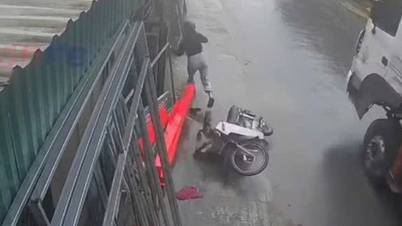

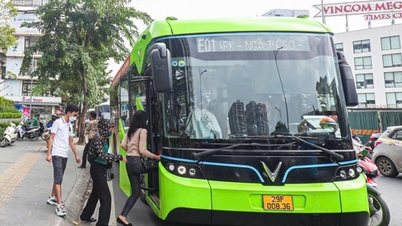


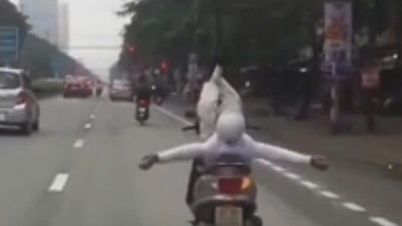
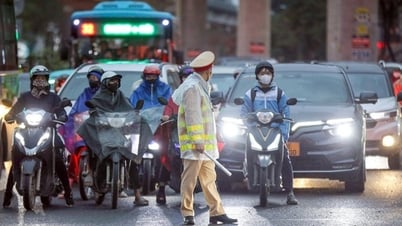




![[Video] Bringing environmental technology from the lab to life](https://vphoto.vietnam.vn/thumb/402x226/vietnam/resource/IMAGE/2025/5/11/57d930abeb6d4bfb93659e2cb6e22caf)
![[Video] Product risk classification: Solution to reform quality management, reduce burden for businesses](https://vphoto.vietnam.vn/thumb/402x226/vietnam/resource/IMAGE/2025/5/11/cbcd6b50805549a5bbb9e8e6354eda70)
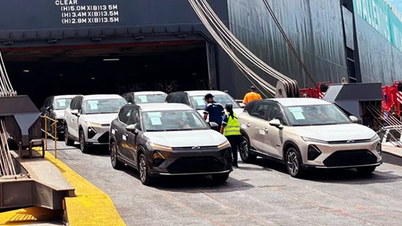




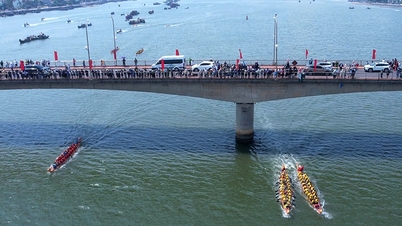






![[Photo] National Assembly Chairman Tran Thanh Man attends the Party Congress of the Committee for Culture and Social Affairs](https://vphoto.vietnam.vn/thumb/1200x675/vietnam/resource/IMAGE/2025/5/11/f5ed02beb9404bca998a08b34ef255a6)
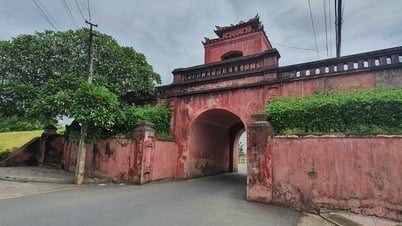













































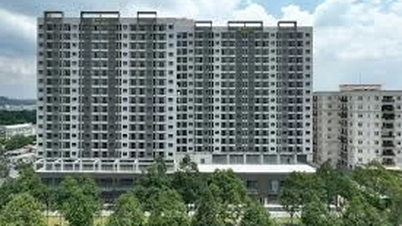

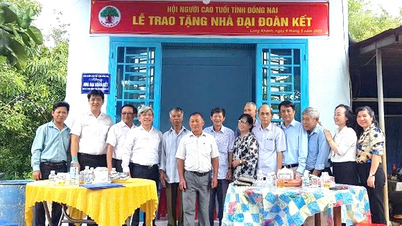












Comment (0)